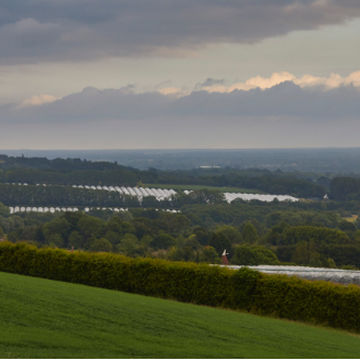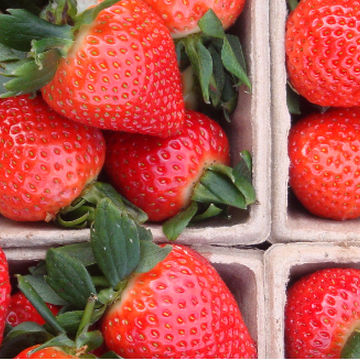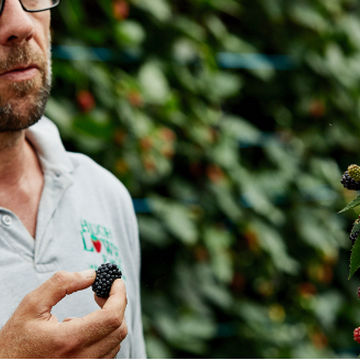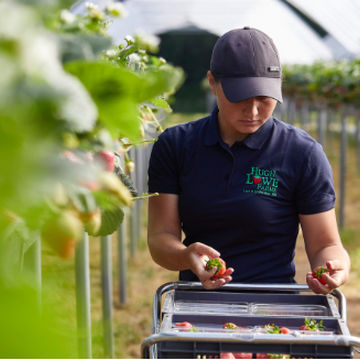
Sharing The Garden of England
Sharing and Sparing: Our practices
When eating one of our berries, take a moment to remember that next to the field it came from, there are farmland birds nesting or feeding, wild bees buzzing or typical Kentish flowers blooming.
We share our crops with beneficial wildlife, and spare the land next door for nature, to build a productive berry ecosystem.
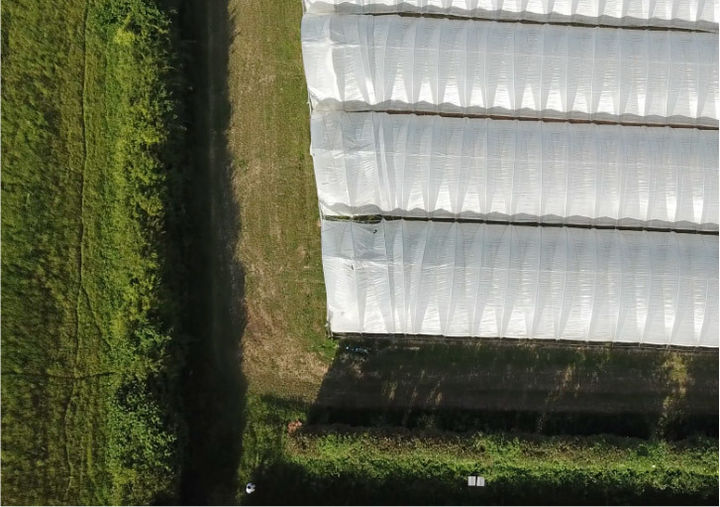
LEAF: Linking Environment and Farming
As original members of LEAF, we use the LEAF Marque to certify our environmental practices. These are based on the LEAF framework, so we have management plans for water, waste, energy, soils, crop protection, biodiversity and landscape.
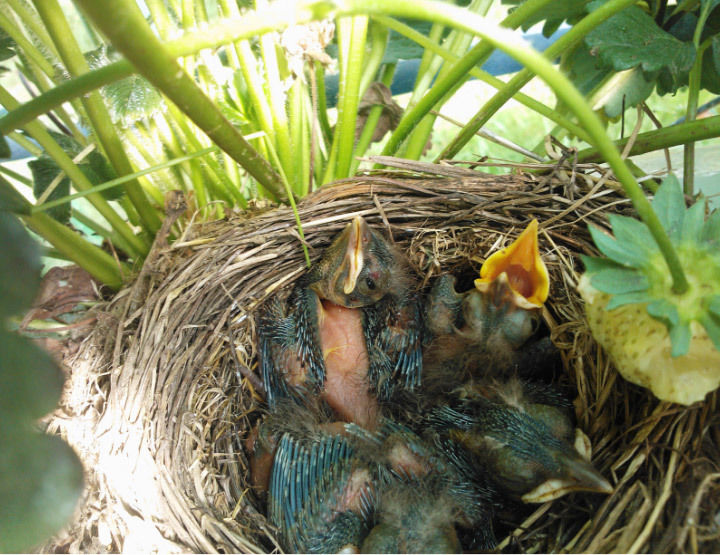
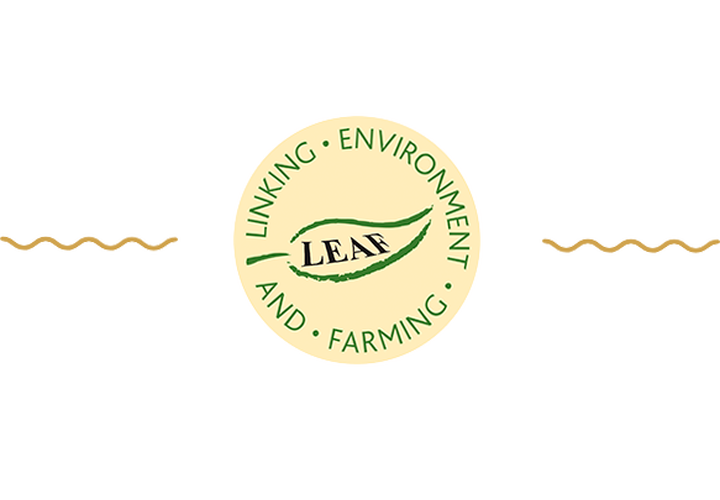
Looking after our environment is a priority – not only do we live and work here, it makes good business sense too!
We manage grassland, margins, hedges and trees.
Looking after our environment is a priority, for not only do we live and work here, it makes good business sense too! Whether investing in renewable energy, water conservation, or protecting biodiversity, it all improves the bottom line.
We manage meadows, wild field margins, hedgerows , trees and coppice woodland. We plant seed mixes for wild birds to feed on in the winter, and nectar rich flower mixes for bees and butterflies in the summer. Putting up nest boxes for birds and bats and gates for badgers, while trying to protect hedgehogs, are all part of farm life.
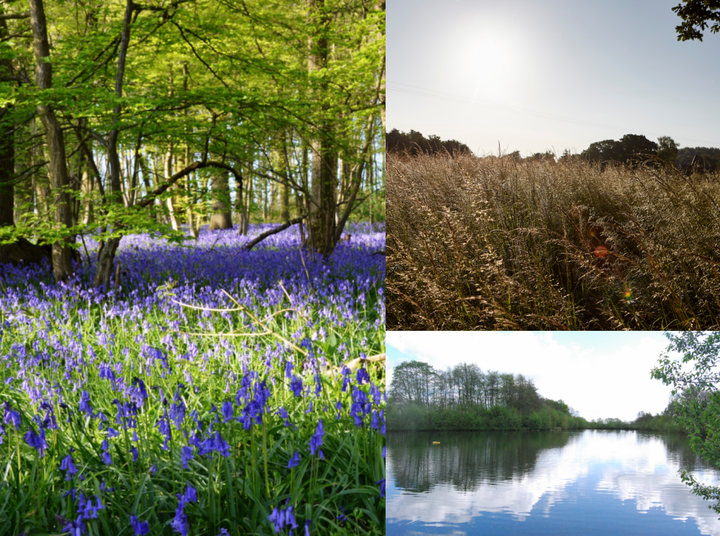
Bees
Honeybees and bumblebees pollinate our berry flowers – and sometimes other native flower visitors like hoverflies help too. We have dozens of beehives tended on the farm, and introduce native bumblebee hives for the colder period. Raspberry and strawberry honey is produced here in abundance.
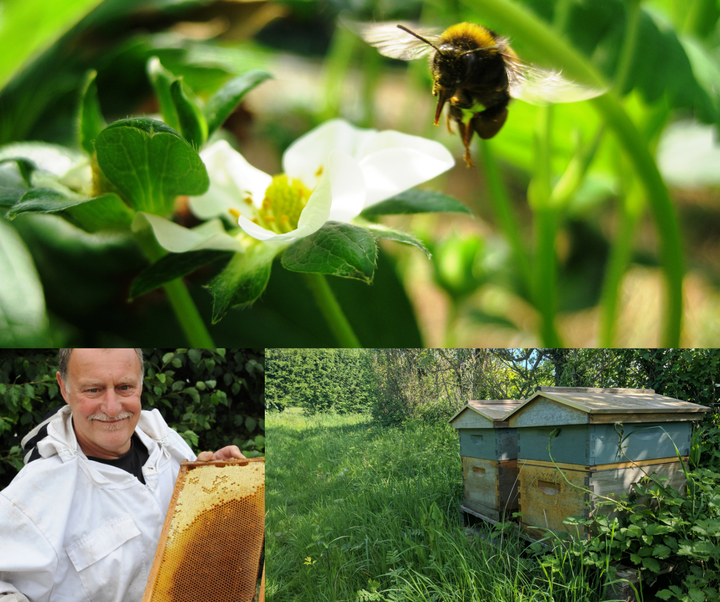
A Bee’s eye view
A bee's short journey from their hives to the strawberry plants just a few metres away. Honeybees and bumblebees pollinate our berry flowers.
Going Green to Net Zero
It’s not enough to be local food suppliers, we also need to be actively green. As well as looking after farm biodiversity, we must tackle food waste and plastic pollution. But we have also pledged to reduce our greenhouse gas emissions to Net Zero to help reverse climate change. We look at every area of the business and ask ourselves if we are being as energy efficient as possible. To reduce emissions, we are also switching to sources of renewable energy – and increasing the capacity of the natural carbon stores on our farm. We look after our soils, trees and hedges, so the plants on our land are actively removing damaging carbon from the atmosphere.
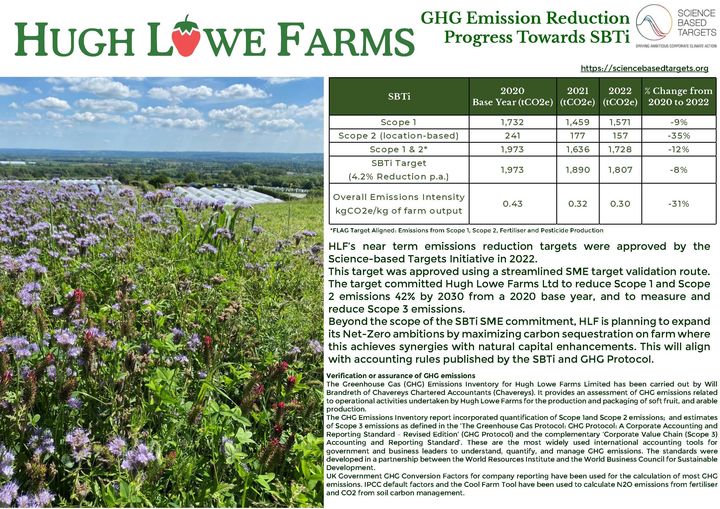
Plastics
All our plastic waste is recycled and most of it is second use. All our punnets are made from recycled PET - which is itself recyclable. Our tunnel covers are used for several crops and then recycled into other items. We also consider recyclability whenever we purchase anything.
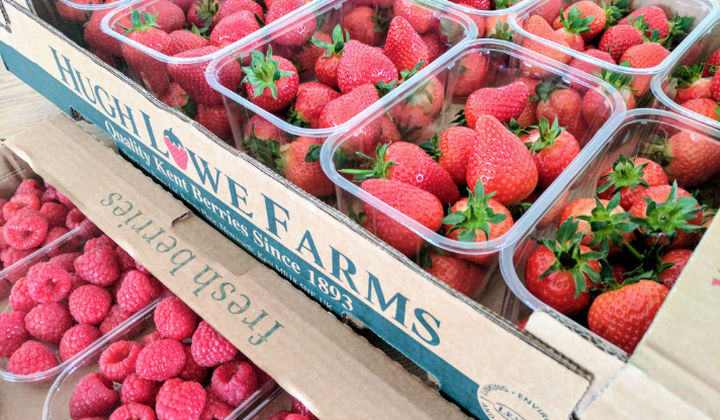
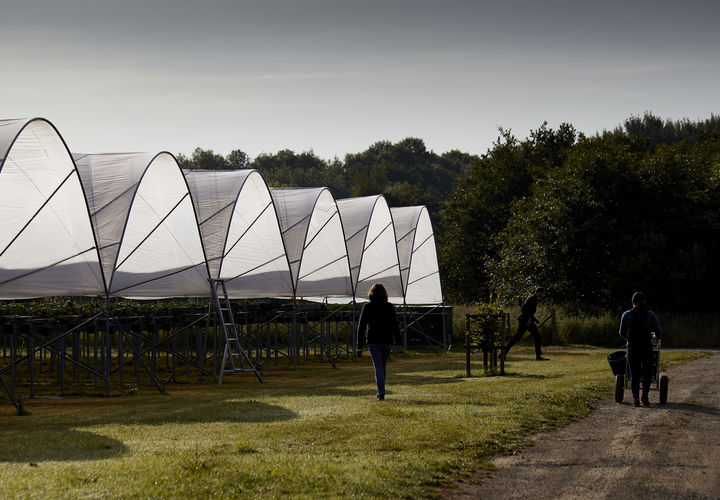
We look at every area of the business and ask ourselves if we are being as green and as efficient as possible
Food Waste
Wasted food is irresponsible and dispiriting. There are many causes of waste on the farm - we have to grade out small, misshapen or damaged berries – but these are either composted or sold locally for jam and purees. One of the major causes of waste are moulds, so we strive to keep these out of our crops. Our quality checks make sure our berries last all the way home from the market and for several days in the fridge – if you can resist eating them straight away!

